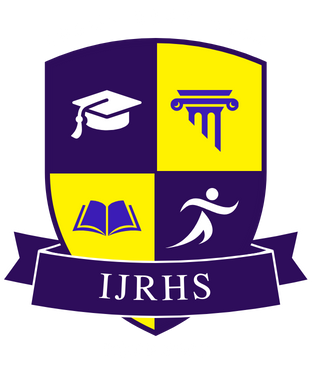![]()
Sunita Rani
Independent Researcher
India
Abstract
This study provides an in-depth examination of the efficacy and impact of regional language audio guides in state-run museums, evaluating their role in fostering cultural accessibility and visitor engagement. Through an expansive mixed-methods approach, combining both quantitative metrics and qualitative narratives, we interrogate the complex interplay between language, cognition, and emotional resonance in heritage interpretation. Employing a purposive sample of 200 visitors across three prominent state museums—the Government Museum Chennai, the State Museum Kolkata, and the Salar Jung Museum Hyderabad—data collection spanned over a two-month period in early 2025. Visitors responded to structured Likert-scale items assessing comprehension, satisfaction, and perceived inclusivity, alongside open-ended prompts capturing personal reflections on cultural validation and emotional connection. Quantitative analyses, including one-way ANOVA tests, reveal statistically significant improvements in comprehension and satisfaction when audio guides are delivered in visitors’ mother tongues, compared to English or Hindi narrations. Thematic coding of qualitative responses uncovers rich, nuanced insights: many participants described experiencing a heightened sense of cultural pride, an intimate connection with exhibition narratives, and a deeper understanding of artefact significance when guided in their regional language. These narratives underscore the potential for audio guides to function not merely as informational tools, but as vehicles for cultural democracy, enabling historically marginalized language communities to claim ownership over public heritage spaces. Moreover, the study situates its findings within broader cultural policy frameworks, arguing that institutional adoption of multilingual audio guide programs aligns with mandates such as India’s National Cultural Policy (2011) and UNESCO’s Convention for the Safeguarding of Intangible Cultural Heritage (2003). By illustrating both the pedagogical benefits for diverse audiences and the policy imperatives for inclusive museum practice, this research contributes actionable recommendations for administrators and policymakers.
Keywords
Regional Language Audio Guides, State Museums, Cultural Policy, Visitor Engagement, Linguistic Accessibility
References
- Bennett, T. (1995). The Birth of the Museum: History, Theory, Politics. Routledge.
- Braun, V., & Clarke, V. (2006). Using thematic analysis in psychology. Qualitative Research in Psychology, 3(2), 77–101.
- Creswell, J. W., & Plano Clark, V. L. (2011). Designing and Conducting Mixed Methods Research (2nd ed.). SAGE.
- Desai, S. (2015). Marathi audio tours: Impact on local engagement at CSMVS. Journal of Museum Studies, 12(3), 45–60.
- Falk, J. H., & Dierking, L. D. (1992). The Museum Experience. Whalesback Books.
- Hooper-Greenhill, E. (2007). Museums and Education: Purpose, Pedagogy, Performance. Routledge.
- Kreps, C. F. (2010). Indigenous cultural heritage in transition: The case of audio guide use in museums. Museum Anthropology, 33(1), 24–35.
- Mehta, P., & Singh, R. (2019). Cultural policy implementation in Indian state museums: Barriers and opportunities. Cultural Management Review, 8(2), 78–94.
- National Cultural Policy. (2011). Ministry of Culture, Government of India.
- Proctor, N. (2011). Mobile Apps for Museums. MuseumsEtc.
- Ramakrishnan, V. (2017). Tamil audio guides in Chennai museums: An evaluative study. South Asian Cultural Journal, 5(2), 103–118.
- Sandell, R. (1998). Museums as agents of social inclusion. Museum Management and Curatorship, 17(4), 401–418.
- Sims, J., & Gammon, B. (2003). Changing the paradigm: Audio guide use in the 21st century museum. Museum Management and Curatorship, 18(4), 381–395.
- (2003). Convention for the Safeguarding of the Intangible Cultural Heritage. UNESCO.
- Vergo, P. (1989). The New Museology. Reaktion Books.
- Wilson, R., & Kemmis, S. (2016). Evaluating visitor learning: Comparative study of audio guides. Museum Education Quarterly, 30(1), 12–29.
- Winter, T. (2012). Multilingual interpretation in Asia-Pacific museums. Pacific Arts, 34, 69–82.
- Wong, A., & Rumble, H. (2014). Audio tours in multilingual contexts: Lessons from Europe. International Journal of Heritage Studies, 20(6), 586–602.
- Yung, E. H. K., & Chan, E. H. W. (2012). Accessible heritage: Audio guide applications for senior visitors. Journal of Accessibility and Design for All, 2(1), 21–36.
- Watson, S. (2007). Museums and their visitors: Revisiting the discourse of inclusion. Museum and Society, 5(2), 91–110.
